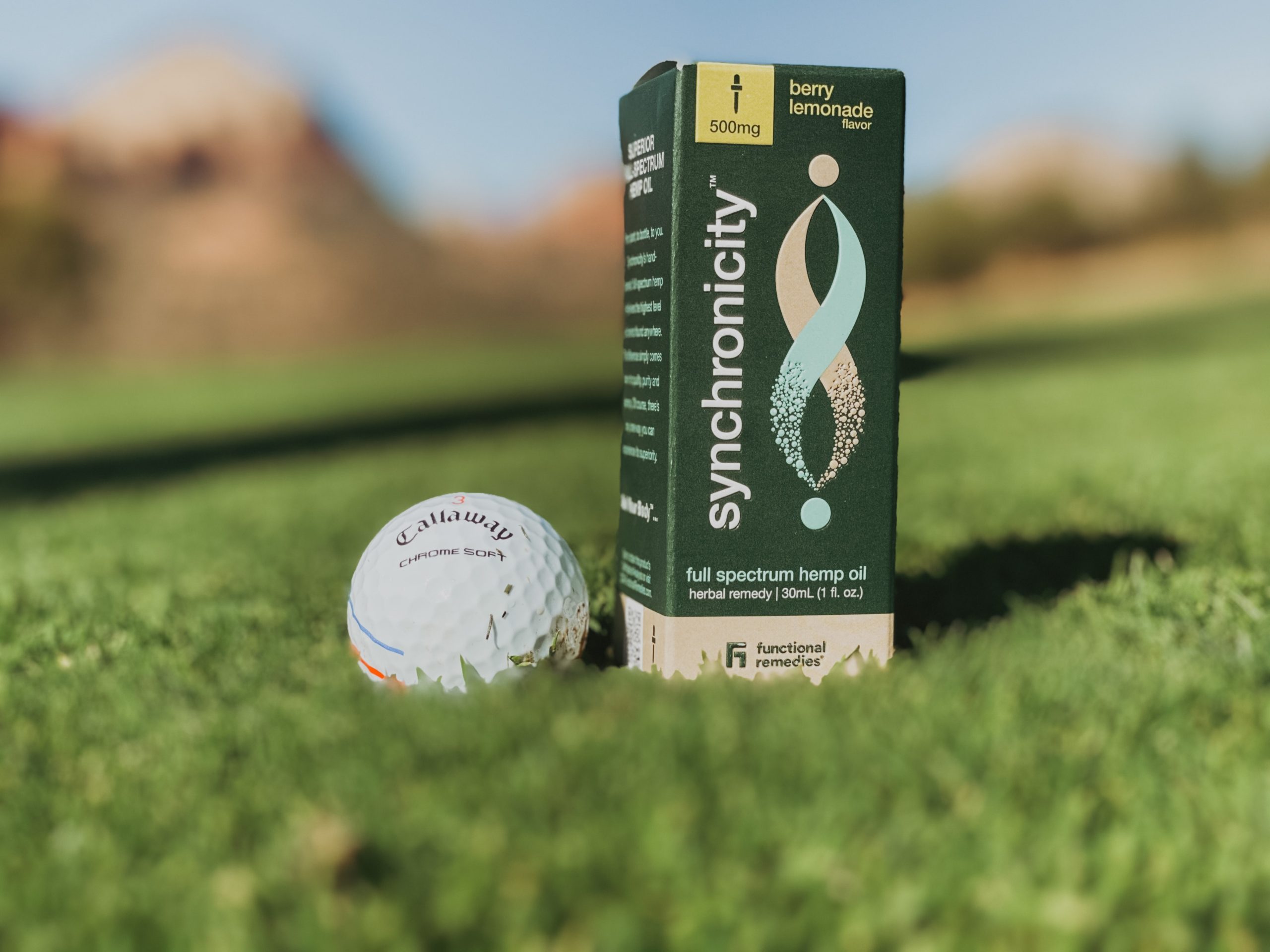Find Your Aids for Faster Muscle Recovery

These statements have not been evaluated by the Food and Drug Administration. This product is not intended to diagnose, treat, cure or prevent any disease. Consult your healthcare provider before use.
Sometimes life feels like a full-contact sport. Whether you’re playing with the kids, trying a new workout routine, or just tackling overdue household projects, sometimes you just wake up in the morning and wince. A certain amount of muscle pain is to be expected when you’re living an active life, but how do you know the difference between a healthy ache and injury? And how do you get back to being able to flex without pain? Here’s what you need to know about recovering when your muscles are complaining.



One study showed that the antioxidant apigenin reduces oxidative stress, which in turn helps to combat the reduction in muscle mass. This mighty antioxidant even seems to help preserve the health and number of mitochondria in the cells. Apigenin can be found in vegetables, such as celery hearts, rutabaga, and parsley. But our favorite source is Full-Spectrum Hemp Oil.
Apigenin is just one of the flavonoids found in the hemp plant. The reason we use our unique LipidTrans™Infusion Process is to preserve all the beneficial compounds found in the plant. Keeping substances such as apigenin intact requires extra care, but we believe it’s worth the effort.
While CBD is a powerful element that tends to get all the attention, hemp has many other beneficial compounds to offer as well. It’s full of terpenes, a wide array of cannabinoids, flavonoids, phytonutrients, fatty acids, vitamins, and minerals. Scientific research tends to isolate single compounds for study, but increasing evidence supports the idea that all these substances interact and work better together. This is known as the True Entourage Effect, and you can click here to read a wealth of information about it.